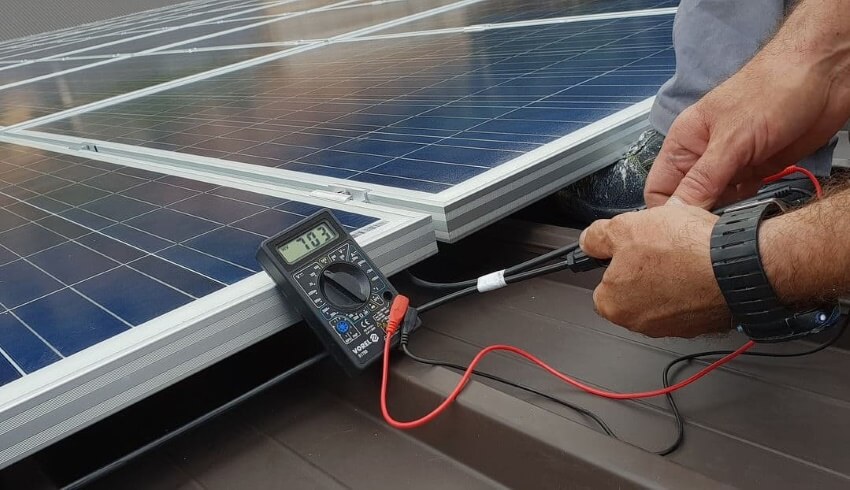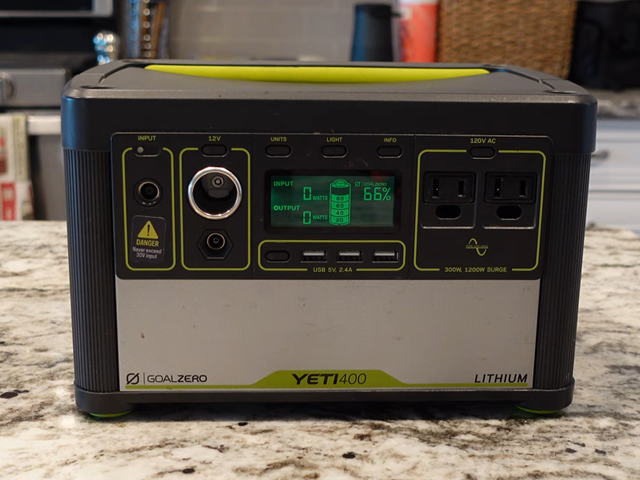
If you know your way around electronic appliances, then you know how important generator break-in can be. Unless you break in your generator properly, you could be risking the life of the engine and its components. The outputs coming from an engine that has not been properly broken in can cause a lot of damage. By breaking in the generator, you are making sure that the pistons and rings inside the engine can be lubricated by oil whenever the generator is functioning. Due to the advancements in the world of engine technology, there have been changes in the generator break-in procedures over the years, but its importance has not diminished even a bit. The manufacturer’s instruction manual will be your best friend and will provide you with useful recommendations.
Whenever you are using an engine, you have to break it in if you want to get the best performance. Whether the engine is new or refurbished, you must break it in according to the instructions provided by the manufacturer. After purchasing a generator, the onus is on you to execute the break-in process properly so that it performs well over a long period of time.
One of the primary reasons why you should break in your generator is to lengthen its life.
An engine is efficient as long as all its components function properly, which is why you must pay particular attention when you are breaking in the machine. The engine can get adversely affected if it receives outputs from an engine that has not been broken in properly. Do not wait around for an emergency to occur before you take the initiative because you would like to be in charge of the process. Moreover, you will want to get the best value for your money from the generator.
The break-in allows the engine’s piston rings to wear into the cylinder walls properly. Once they are settled into the grooves, they can be smoothly lubricated by the oil whenever the generator is switched on. This procedure also prevents byproducts created during combustion from exiting the chamber.
The cylinder walls within an internal combustion engine are not flat and glossy. Instead, they are purposefully “scratched” in a crosshatch pattern so as to create multiple valleys and mini-peaks. Each groove situated in this crosshatch is meant to work as an oil reservoir. It stores the oil temporarily so that a thin film comes into existence between the cylinder wall and the ring. The break-in process sees the piston and rings wearing both against, and into one another because they are put in motion. The peaks become worn flat, but the valleys retain their ability to hold oil. Moreover, the ring face suffers some wear and becomes more suited to supporting the film.
If you break in your generator correctly, it maintains the perfect amount of oil film between the peaks and the flattened ring face.
You should also remember that underuse is not beneficial for a generator. If you do not use your generator adequately during the break-in, then it might cause a buildup inside the generator, which could cut its life short. Oil and soot, along with other contaminants, accumulate within the generator and that is not something you want.
How do you properly break in a generator? That is the first question that will come to your mind once you decide to carry out this procedure. While the thought might seem intimidating, you will do a great job as long as you follow the given instructions.
Before you begin the generator break-in process, you must ensure that the oil reservoir is full. Check out the recommended oil type so that you make no mistakes. Do not ignore octane recommendations when you are pouring the fuel into the tank. Consult your manual for more knowledge regarding the role of fuel additives in prolonging the life of your generator. You can also take off the spark plug and add some oil conditioning fluid so as to ensure that the cylinder does not move without proper lubrication. This will also eliminate moisture from the cylinder walls.
There is also a chance that you will have to change the oil within the break-in period. The owners’ manual will give you information about the specific time frames. As the pistons and rings within the engine wear into the walls, metal flakes can contaminate the oil, and it is important that you flush out these pieces from the generator by changing the oil. You might have to change the oil even just after an hour if the engine has collected dirt or metal remnants.
The manual comes with instructions about how to get your generator running. Then, you must let your generator run in the absence of a load for a fixed amount of time. Your manual will tell you the requirements for your specific generator. Small portable generators that are powered by gas might need an hour or so. As mentioned before, you might have to change out the oil or add some cleaning fluid after the first hour. This will eliminate remnants from the engine that can slow down the break-in process.
The next step would be to operate your generator in the presence of a rather heavy load for as long as 100 hours. You will find the specific capacity and time duration mentioned in the manufacturer’s guidelines. Underuse can be detrimental to the lifespan of the generator. As the break-in progresses, your machine will become more efficient.
For your benefit, we will list the steps one by one.
You can now use your generator on a day to day basis.
Regular maintenance is key when it comes to getting the most out of your generator. Unless you maintain your generator properly, you will be deprived of the maximum life of the machine because it will suffer excessive wear and tear. After a generator is broken in, you have to be careful about the amount of power load you are subjecting it to. Track the power load diligently and try never to overload the engine.
Now that you know how to break in a generator, you should never forget this integral step when you invest in a new machine. Breaking in a generator could make a huge difference in the long run, and there is no reason why you should take the risk. You might have to research a bit to find out what could be the best way to break in a generator like yours, but that should not stop you. Consult the generator owner’s manual so that you are more informed about the specific needs of your generator break-in.





